
Unique colonial style shophouse street with tailors and small cafés
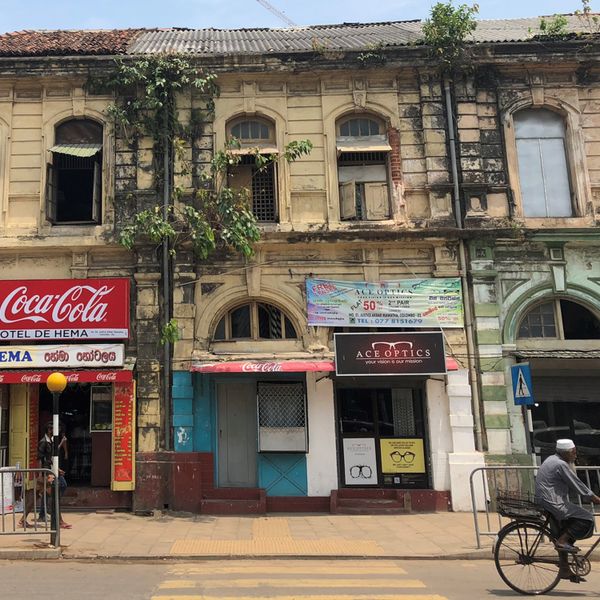
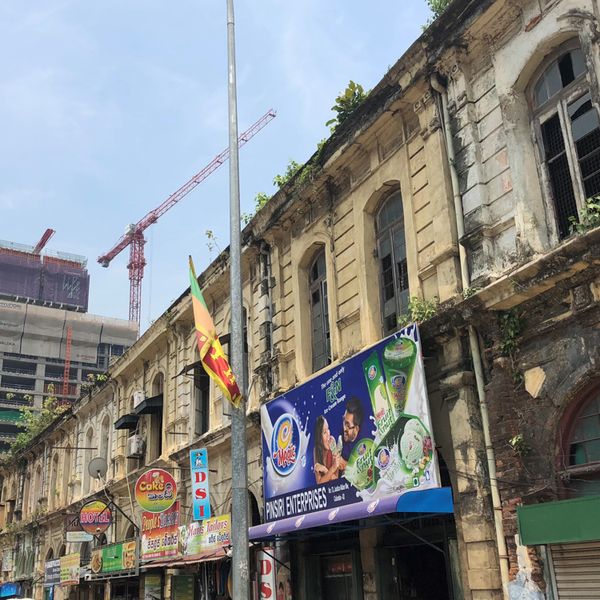

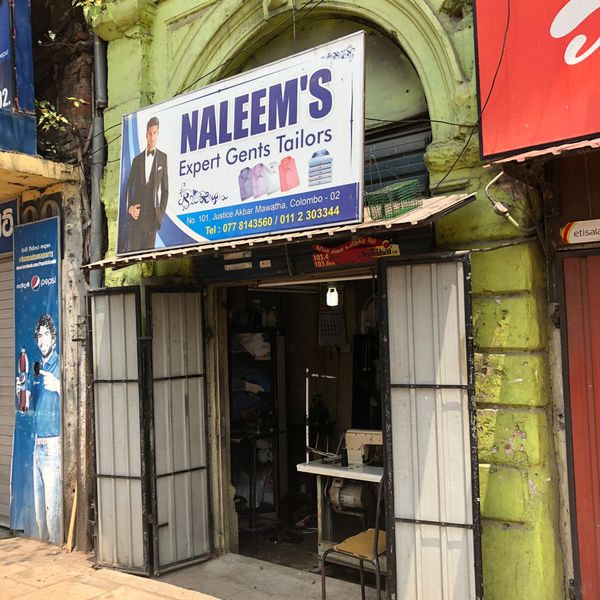
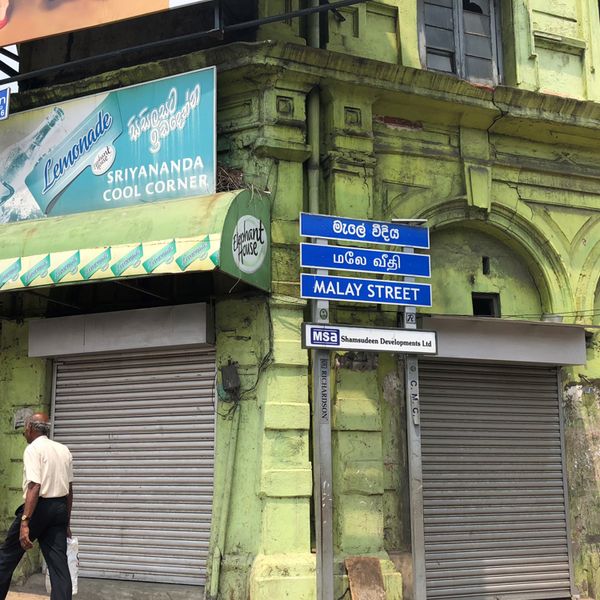
- Justice Akbar Mawatha, Colombo 02
- Now demolished
Unique architecture
De Soysa Buildings, a pastel-coloured row of shophouses holds the honour of being the longest intact colonial shophouse road frontage in the country, but it may not be there for much longer. The iconic street will suffer a similar fate to that of the nearby 140-year-old Castle Hotel that was demolished in May 2017.
De Soysa
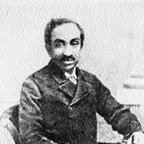
The shophouses are key to Slave Island’s unique heritage, being built in 1870 by famed philanthropist Charles Henry De Soysa, the wealthiest Ceylonese of the 19th century and brains behind the first bank in the country. It was a landmark building in those days and one of the earliest examples of shophouse design in the city.
Prestigious address
These days the Soysa shophouses may be a bit run down with creaky staircases and paint peeling off the pastel-coloured facades, but in the old days, this was a prestigious address. Here was the headquarters of the esteemed Cave&Co, the country’s leading publisher. “The story goes that in the 1920s and 30’s the premises of HW Cave & Company was considered one of the most fashionable addresses in Colombo” says local architect Ismeth Raheem. The glamour of those days may be gone - now you find dry cleaners, tailor shops and cheap cafés - but the signature architectural style remains unique and synonymous with the face of Slave Island.
Memories of place

Fifty-year-old Kareema Anwar Deen has lived in the Soysa building for 18 years, above Ceylon Cleaners which has occupied the space since 1934, she points at the solid wood floors and says: “These are strong enough to run on.” Ranil de Soysa, a great-grandchild of the original owner agrees: “There is history in every block and beam of the Soysa building: from the people who have worked and lived here for decades to its distinctive colours. Some things once lost cannot be replicated.”
In the 1920s and 30’s the premises of HW Cave & Company was considered one of the most fashionable addresses in Colombo.
